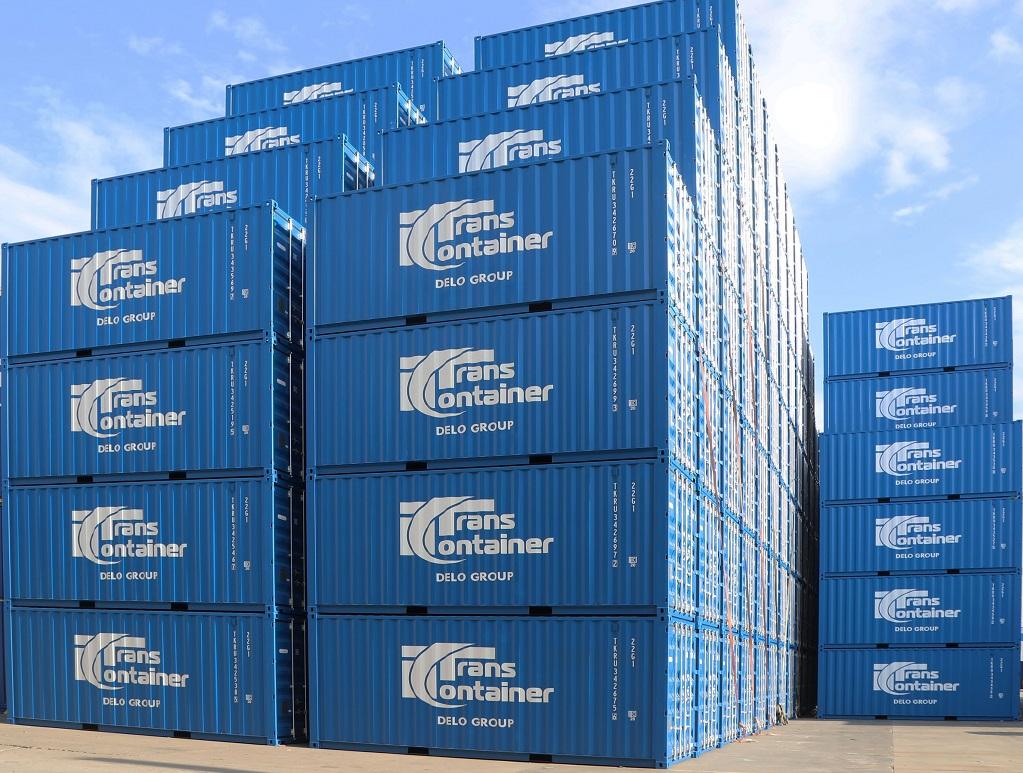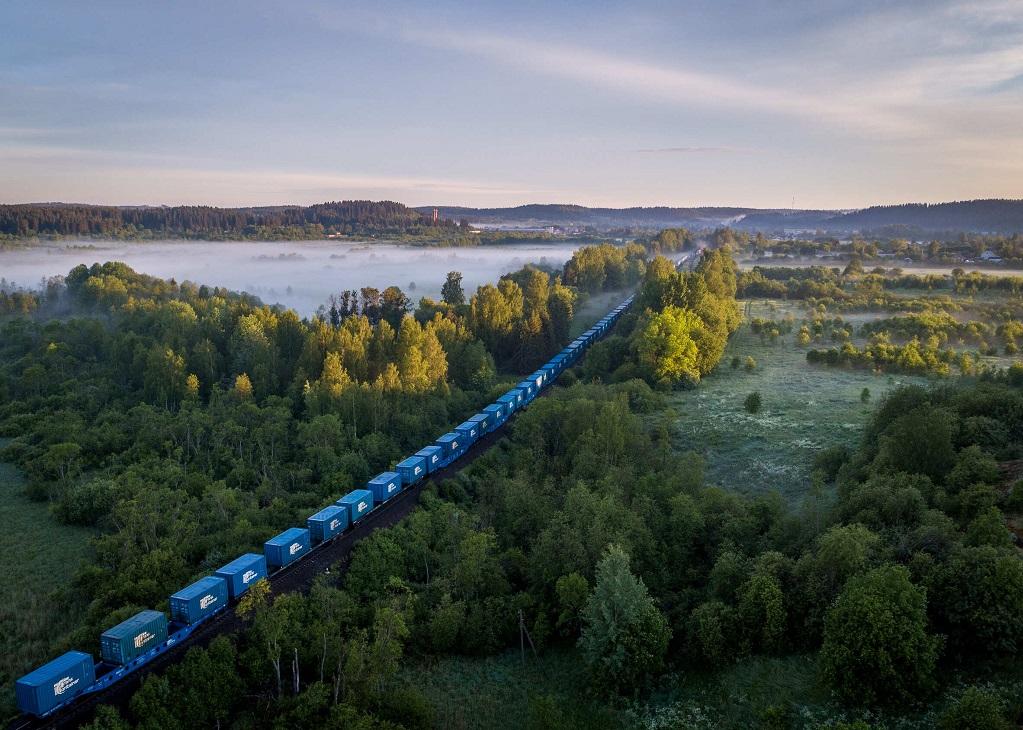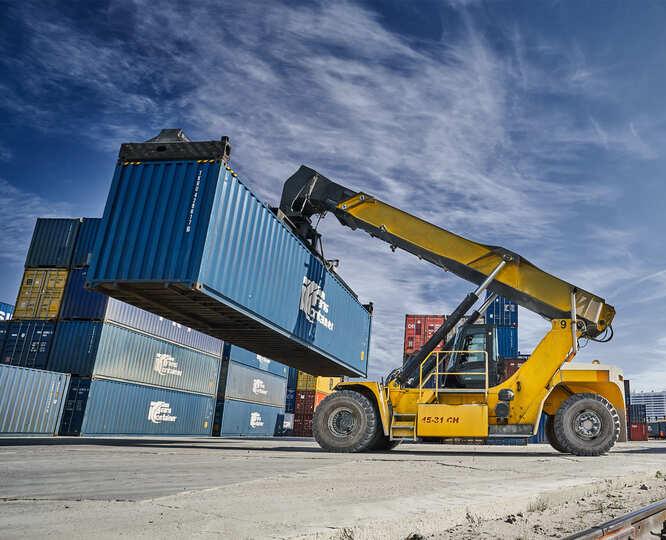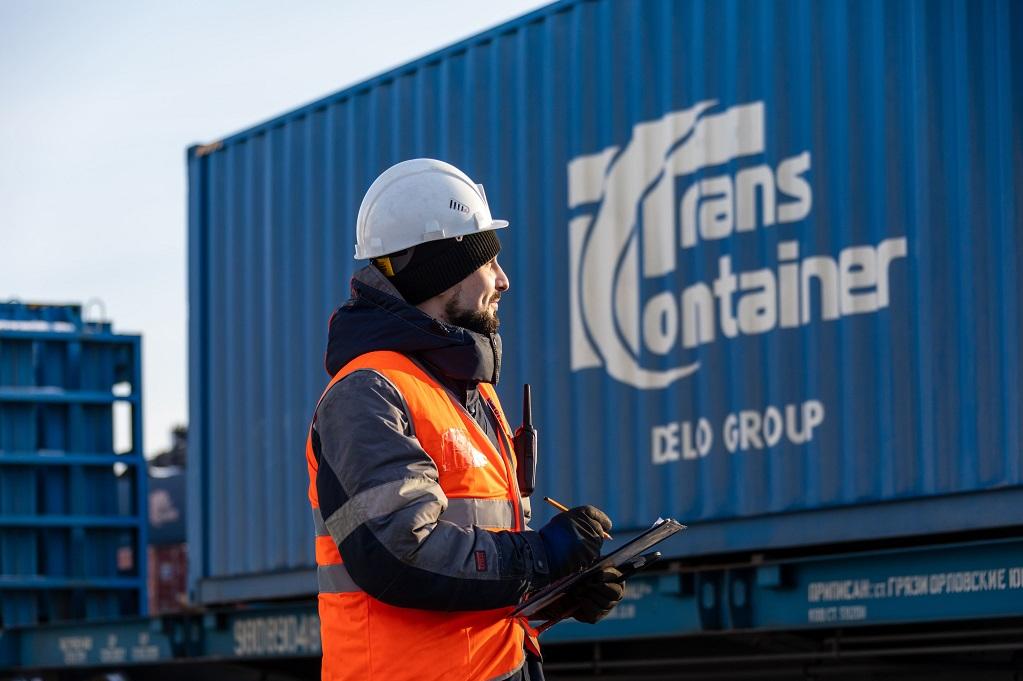Press Releases
OJSC TransContainer plans more active use of the facilities at ITC No. 2
TransContainer intends to expand transportation via the Moscow – Berlin multimodal transport bridge, using the facilities of International Transport Corridor №2 (ITC NO. 2), said Pavel Chichagov, Deputy General Director of OJSC TransContainer for Business Development.
“We believe the European and especially the German container transportation market to have very good prospects. It wasn’t by chance that one of the first foreign representative offices we opened was in Germany. The next stage is to participate in the work of the joint venture set up between OJSC RZhD and Deutsche Bahn, Trans Eurasia Logistics, the registration of which will be complete in the second quarter of this year,” Pavel Chichagov claimed at the third joint meeting of the working group set up to develop multimodality and containerisation, held on 28 May in St. Petersburg.
He recalled that at present, three container trains put together by OJSC TransContainer regularly run through ITC No. 2. In addition, since September 2007, OJSC TransContainer has been organising the transportation of auto-components for Volkswagen from Brest to the plant in Kaluga via ITC No. 2 in regular container trains. “Over the first quarter of 2008, 41 container trains ran along this route, transporting 4,900 TEU. Trains are now being made up on a daily basis. By the end of 2008, it is planned that the volume of deliveries will reach 7,000 TEU per month, and 8,000 TEU per month by 2009,” Pavel Chichagov said.
According to the Deputy Head of OJSC TransContainer, ITC No. 2, according to the International Transport Corridors sub-programme, should be a full part of the Eurasian ‘East – West’ corridor.
“It is planned that the corridor will be supplemented by the Nizhny Novgorod – Urals line, and further to Vladivostok via the Trans-Siberian. We believe that this will have a substantial impact on the growth of Eurasian freight transportation,” Pavel Chichagov commented.
For Reference:
International Transport Corridor No. 2, linking Germany, Poland, Belarus and Russia, was created to develop the transportation infrastructure in Europe and is defined by the European Union as the top priority amongst the Cretan due to the importance of the East – West traffic flows along the corridor.
The main route of the corridor is Berlin – Warsaw – Minsk – Moscow – Nizhny Novgorod.
To coordinate the activities of countries interested in developing the corridor, a Memorandum of Understanding was signed in January 1995 between the Russian Federation, Belarus, Poland and Germany – the countries within the corridor – and the United Nations Economic Commission for Europe.
An important event for the development of ITC No. 2 was the signature on 9 October 2003 in Yekaterinburg of a Memorandum of Understanding and Collaboration between OJSC RZhD and Deutsche Bahn AG. The agreement notes that the Russian and German railways will take a number of joint steps to increase the competitiveness of rail transport in order to increase passenger and freight transportation volumes.
OJSC TRANSCONTAINER PRESS CENTRE




